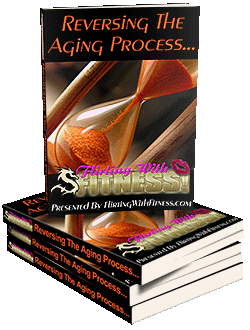Sweet news to honey lovers. Two new studies by researchers of the University of Illinois show the dietary antioxidant benefits of honey. One of the studies shows that part of the dietary antioxidant qualities of honey has preservative properties that work on meat without compromising the taste. Based on a work done on human blood in the lab, a recently published study says that the dietary antioxidants present in honey slow the oxidation of low density lipoproteins (LDL). Too much LDL in the blood leads to atherosclerotic plaque deposition.
Like a previous University of Illinois study in 1999, researchers found in both studies that dark-colored honey, especially buckwheat, provide more protective dietary antioxidant punch than lighter-colored honeys. This proves that while it is still early to say that honey can be a dietary antioxidant, it does point out its vast potential in terms of antioxidant properties. Principal researcher Nicki Engeseth, a professor of food chemistry in the University of Illinois College of Agricultural, Consumer, and Environmenal Sciences, agrees with this.
Published online on April 6 in the Journal of Agricultural and Food Chemistry, the newest study on dietary antioxidants was the first to look at honey's effect on human blood. With the use of a much more precise method than the one used in 1999, the study found that the dietary antioxidants found in honey are equal to those in many fruits and vegetables in their ability to counter the degenerating activity of highly reactive molecules known as free radicals.
"It's still too early to say definitely, but honey seems to have potential to serve as a dietary antioxidant," Engeseth said.
In January, Engeseth and Jason McKibben, a researcher with Anheuser Busch in Santa Monica, CA, reported in the same journal that the dietary antioxidants in honey were more effective compared to traditional preservatives, such as butylated hydroxytoluene and tocopherol in slowing oxidation in cooked, refrigerated ground turkey. It was observed in both studies that while the meat browned during cooking more extensively than traditionally preserved products, taste was not negatively affected.
For the other study, Engeseth worked with yet another colleague, Nele Gheldof, a doctoral student in the department of food science and human nutrition. They measured the dietary antioxidant and phenolic contents in honey taken from sevel floral sources, such as acacia, buckwheat, clover, firewood, Hawaiian Christmas berry, soybean, and tupelo. Using the Oxygen Radical Absorbance Capacity or ORAC assay, they discovered that darker honeys have the highest values of dietary antioxidants. ORAC is a tool that has been used for the past decade as a way to analyze the same components in fruits and vegetables.









